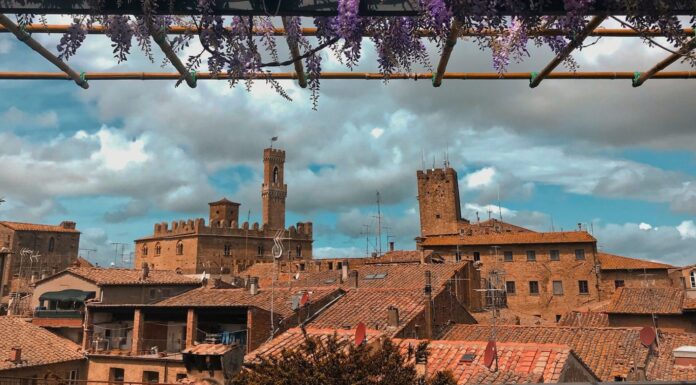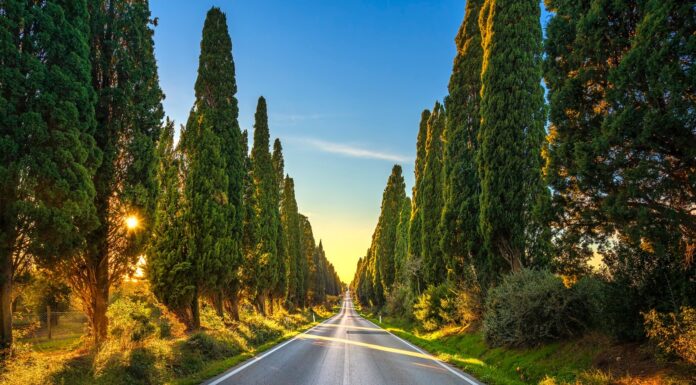Tuscany is often a go-to destination for a trip to Italy, but what is Tuscany really known for? The region offers a huge range of main attractions: from cities of European Renaissance fame to rolling hills and sandy beaches, Tuscany has something to catch the eye of every traveler.
Here are a few of the recommendations we share with folks figuring out what to plan for their Tuscan trip. With so many options, remember to consider the kind of trip you’re looking for. Does art history interest you? Famous buildings and churches? Maybe you prefer the seaside and hiking? From castles and hot springs, the important thing is considering what’s most interesting to you!
Let’s take a look at what Tuscany is known for, and then you’ll be ready to make your choices!
Places Tuscany is Famous For
From major cities of Renaissance art to quaint hilltop villages, Tuscany is known for being full of charming spots to relax, adventure, and dine!
Cities of the Renaissance and Full of Art

Many major cities in Tuscany are known for their importance to the Renaissance and its patronage of fine art, namely: Florence, Siena, and Pisa.
Florence is widely considered to be the birthplace of the Renaissance, a “rebirth” or time of immense social and cultural change in Europe during the 15th and 16th centuries. It was home to the Medici family, wealthy bankers who patronized many artists.
Siena is full of architecture, urban planning, sculptures, and museums that represent the ideals and innovations of the Renaissance. The main building Palazzo Pubblico and the Cathedral are main attractions, and pillars of the city’s political and religious values.
Pisa is famed for its leaning tower, and was a favorite town of Cosimo di Medici and the birthplace of Galileo Galilei, the first person to use a telescope for scientific pursuits. Besides the famous Leaning Tower of Pisa, don’t miss the town’s Renaissance piazza.
Explore more: Day Trips from Siena – Discover Slices of Tuscan Life
Hilltop Towns

Tuscany is not only known for its striking cities but for charming small towns as well. Whether you want to focus on a slower pace for your travels, or just stop by some small towns on the road between cities, you can’t really go wrong here. Every hilltop town offers history, great food, quaint old streets, and spectacular views. But if you need a starting place, here are a few of our favorites. Montepulciano is a medieval town whose main piazza rose to popular fame as a location for the Twilight film, but the town has much more to offer. Don’t miss the Cathedral of Santa Maria Assunta, the underground Città Sotterranea, and the red wine Vino Nobile di Montepulciano.
Explore more: Best Wineries in Tuscany
San Gimignano
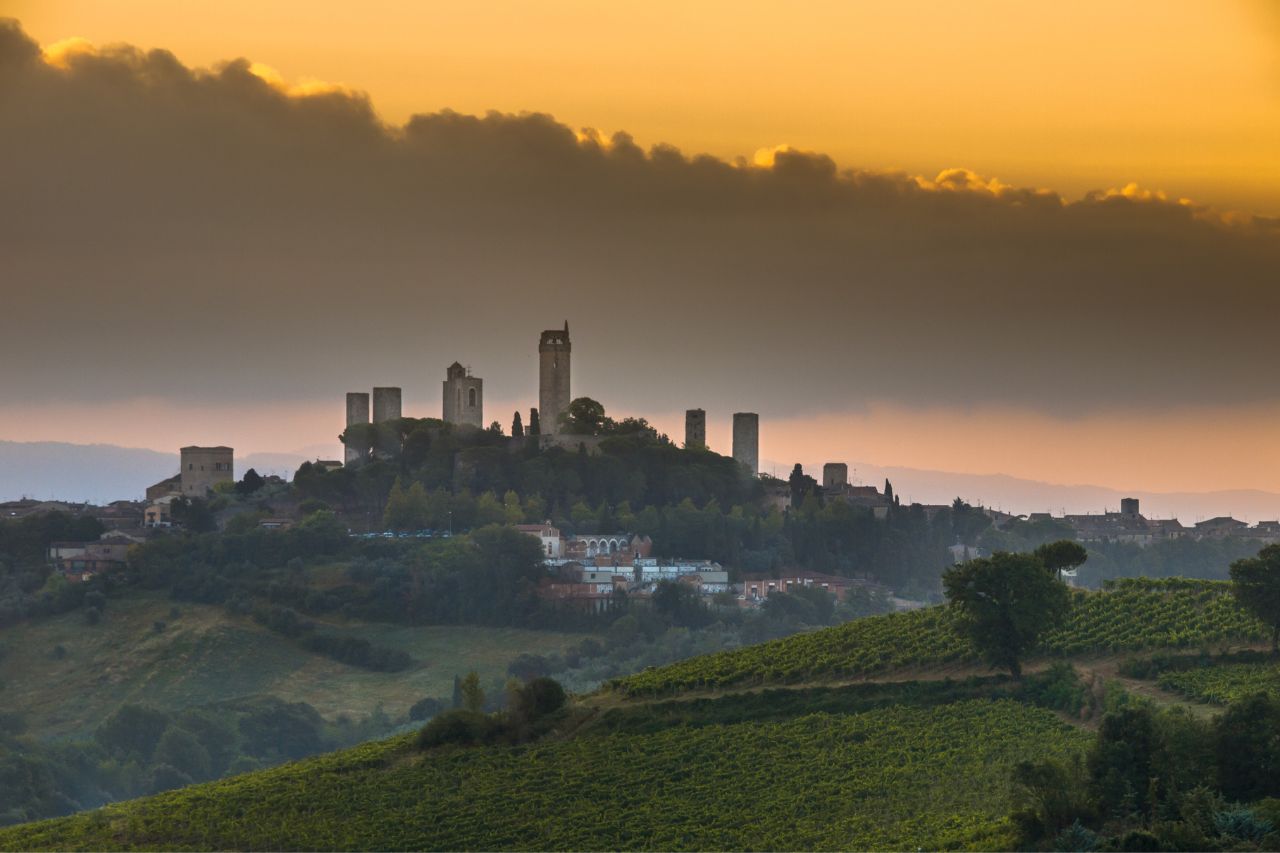
San Gimignano, affectionately and aptly called San Gimignano delle Belle Torri” (San Gimignano of the Beautiful Towers),is a hilltop town with a unique skyline boasting over a dozen towers. The town is a UNESCO World Heritage Site and is known for various Tuscan delicacies such as saffron, ham, pecorino cheese, and Vernaccia di San Gimignano white wine.
Pienza was created specifically to idealize the cultural aims and aesthetic values of Renaissance architecture and city planning. This hilltop town was originally the small village of Corsignano. Pope Pius II upgraded Corsignano, his birthplace, into the “ideal town” of the Renaissance and renamed it Pienza after himself.The stunning buildings, cathedral, and piazzas will transport you back in time and give you a firsthand look at the accomplishments of the Renaissance.
Pitigliano is a hidden gem nestled on a tufa rock ridge. Its historic center contains “Little Jerusalem,” a Jewish neighborhood that reflects the rich Jewish history of the town – don’t miss the Pitigliano Synagogue and Museum of Jewish Culture.
Medieval Castles
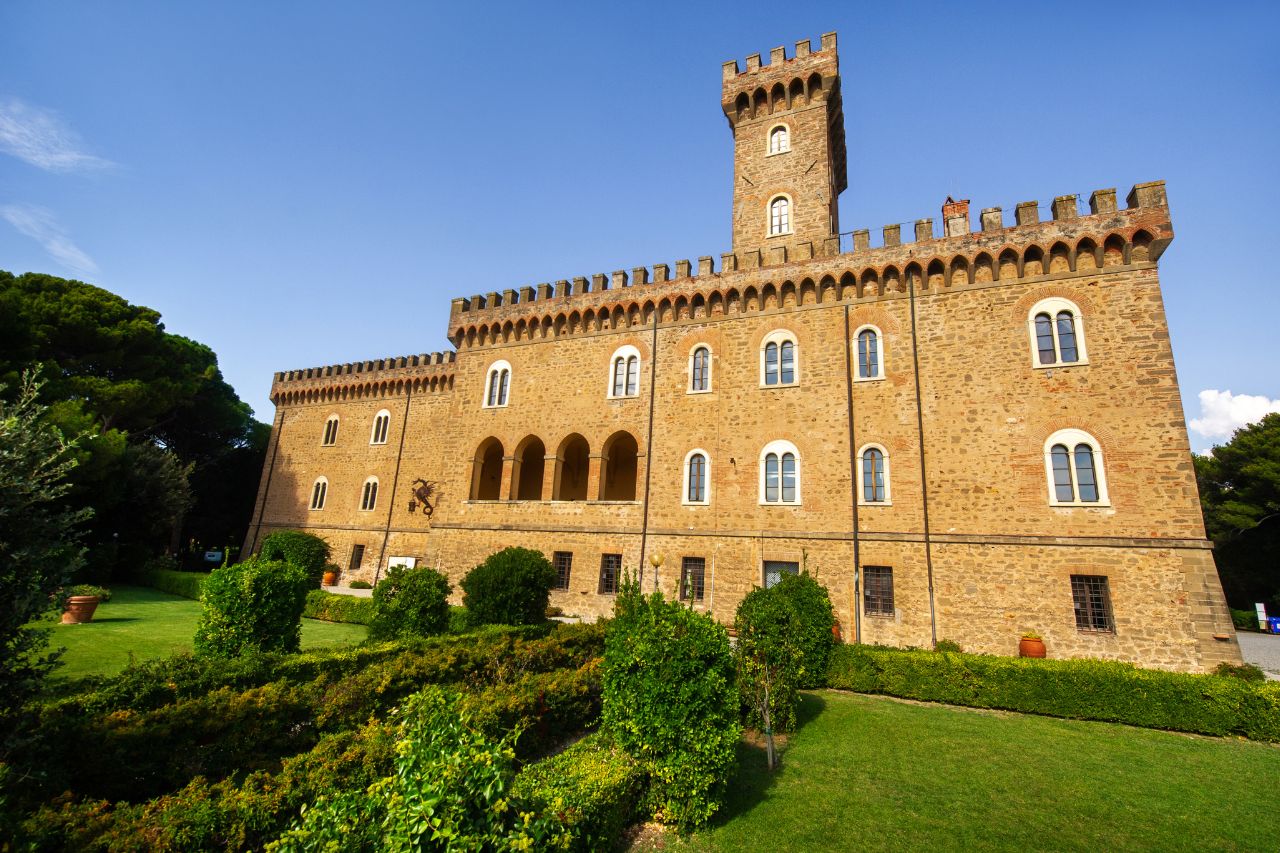
You simply can’t travel to Tuscany without visiting its marvelous medieval castles!
From the Malaspina Castle, where you can stay the night or visit for a day, to The Fortress of Radicofani and its museum and viewpoints, you can have your pick of the castle that best suits your interests: from historical experiences to immersive overnights. You can read more of our suggestions in our previous article on castles in Tuscany.
Well-Known Tuscan Wines
Tuscany is definitely known for wine! The region is home to many protected productions, meaning a wine can only bear a specific name if it’s registered as meeting certain requirements.
Whether wine is drawing you to Tuscany, or it’s just an exciting side perk, wine lovers should know what to look for in local varieties.
Chianti Wine

The wine produced in the central region of Tuscany called Chianti and made with at least 80% Sangiovese grapesis permitted to be named the same. Chianti wine dates back to at least the 14th century and is traditionally referred to as a table wine contained in a fiasco basket.
Explore more: Castellina in Chianti – A Guide to the Tuscan Jewel
Sassicaia and the Super Tuscans

In the wine production area of Bolgheri, a wine called Sassicaia is made. Considered a “Bordeaux style” wine. It is widely considered to be the first in the unofficial category of “Super Tuscan” wines, which lean into more international influences and resist – or full-out ignore – the norms and classifications of previous Italian wine production.
Brunello di Montalcino

One of the Italian red wines considered to have the most longevity, Brunello di Montalcino is produced in, of course, Montalcino, which is located in the province of Siena. This wine, or its ancient relative, is referenced in historical documents dating back to the 1500s.
Nobile di Montepulciano

The aforementioned hilltop town of Montepulciano is home to the red wine Nobile di Montepulciano, another one of the oldest wines in Italy. Referenced in documents dating back to 1787, it’s a dry wine with a slightly woody taste.
Tuscany is Known for its Natural Beauty
Traveling through Tuscany, there are several beautiful natural areas that the region is known for. There’s something for everyone, whether you want to relax with a coffee overlooking gorgeous hillsides, explore the region on bike trails, discover majestic ancient hot springs, or beach comb the coast.
The Val d’Orcia Hills
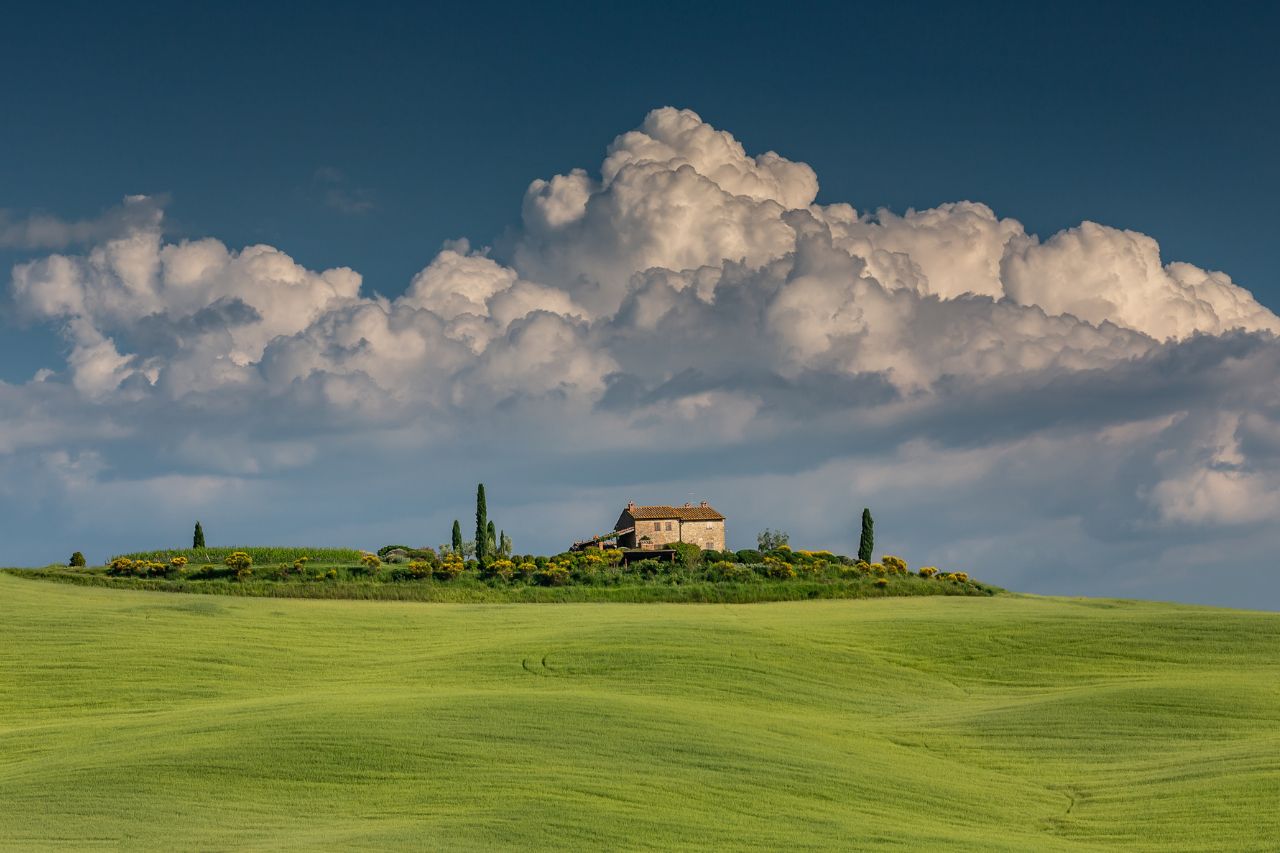
Castles, bike-friendly valleys, hillside towns, vineyards, forests, and even hot springs? The Val d’Orcia is a gem in itself. This entire river valley is a UNESCO World Heritage Site and home to tons of underappreciated spots in Tuscany. Foodies, don’t miss the wine and food tours of the region’s many production areas, and there are lots of picture-perfect landmarks and accommodation options.
Natural Hot Springs

From the popular Saturnia baths, to Bagno Vignoni’s thermal spring-sourced piazza pool, to the small town of San Casciano dei Bagni, the warm thermal waters of this area have been used for recreation and healing since ancient times.
Maremma and the Coast

The Maremma region of Tuscany runs along the coasts of the Tyrrhenian and Ligurian Seas, to the west of Italy. From seaports to sandy beaches and bird watching, to the “tufa towns” built right into the volcanic rock, Maremma offers a diversity of activities that provides something for everyone. The peninsula of Monte Argentario offers two popular and lively medieval fishing towns, Porto Santo Stefano and Porto Ercole. The town of Orbetello bridges it to the mainland. Also, check out the luxury of Castiglione della Pescaia and the sandy beach pine forests of Talamone.
Explore more: Best Beaches in Tuscany – Discover The Beauty
Tuscan Cuisine
Tuscan cuisine is known for its adherence to the Italian tradition of simple, “poor” cooking or cucina povera – not to be confused with bad cooking, the poor kitchen offers fantastic traditional recipes that use minimal and local ingredients and with a heavy emphasis on the use of olive oil. Among Tuscan delicacies, you’ll find Mention Bistecca alla Fiorentina and Ribollita. There is also an abundance of incredible pasta dishes as well as Tuscan desserts with rich traditions and backstories.
Products Tuscany is Famous For
Artisans in the Tuscan tradition are known all over the world for their craftsmanship and skill.
Leather Goods

Tuscan leather products are highly respected within the world of Italian leather. Here you’ll find artisans creating handbags, shoes, purses, and more. The trick is being sure you’re buying the real thing.
In the cities like Florence, you’ll find top-notched luxury shops where you can typically assume authenticity. You can also sometimes buy products directly from leather schools, like the one in Piazza Santa Croce in Florence. Leather markets like San Lorenzo Market or Mercato del Porcellino require a good eye, as some products are counterfeit. The shops behind the temporary stalls typically have quality items. Lastly, you can also try factory stores and outlets outside of the city.
Alabaster Carvings and Ceramics
The Tuscan town of Volterra – of ancient Etruscan origin – is famous for its production and products of alabaster rock. First discovered in the late 1700s, alabaster is a soft and clear stone that is reminiscent of marble, but which can be easily carved like wood. Etrsucans used the stone widely, and Volterra now has a museum dedicated to its history. You can also still find a few artisan workshops there.
Olive Oil and Truffle
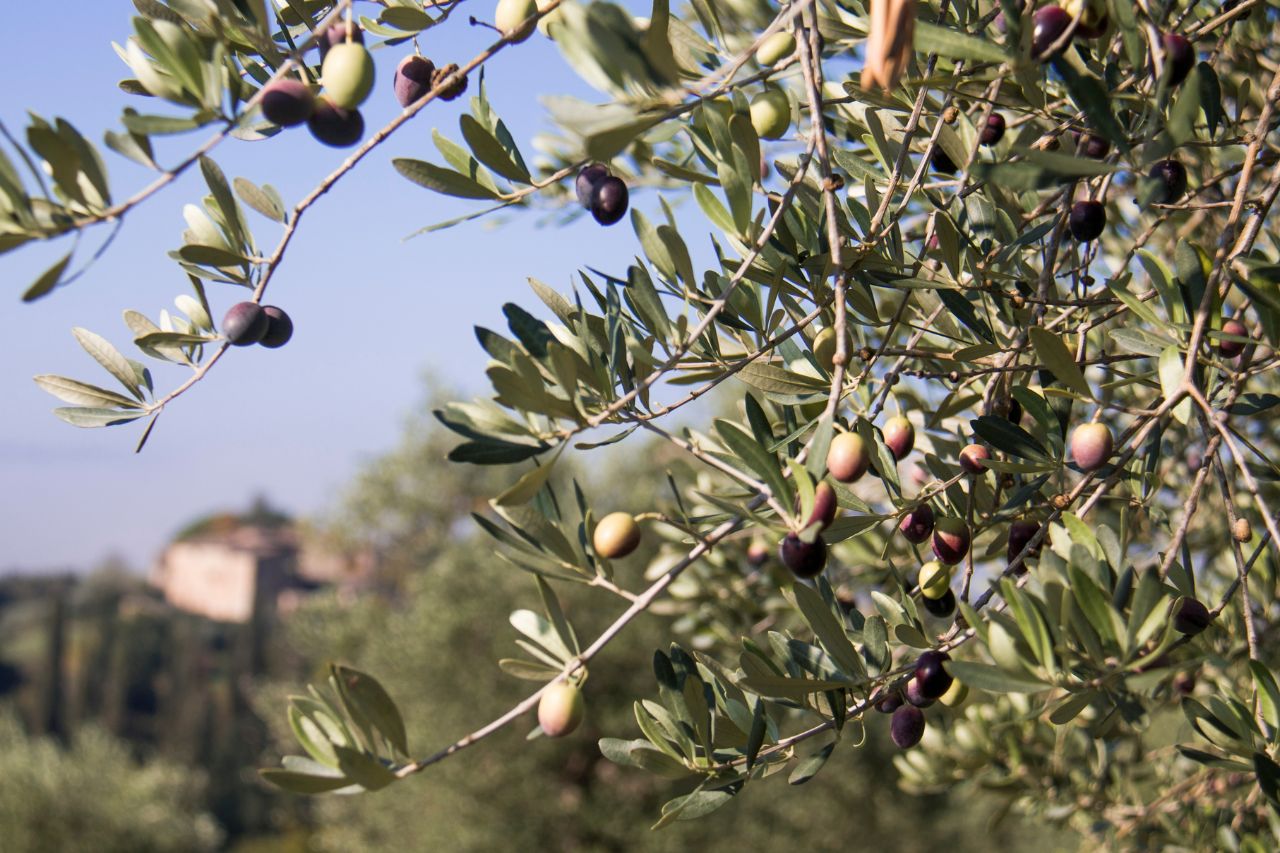
Pinnacles of Tuscan dining, olive oil and truffle mushrooms are used for many purposes across dishes. Olive oil is considered the foundation of most all dishes across Italy, and Tuscany is no exception. Pastas, desserts, and breads and all can be found made with olive oil. Truffle is a special mushroom that can be found in the forests of Tuscany with the help of dogs, and it is used as both an ingredient and a seasoning.
Is Tuscany Worth Visiting?
Absolutely Tuscany is worth visiting! The region is known for its Renaissance cities, art history, hilltop villages, spectacular castles, fine wines, stunning natural landscapes, dining delicacies, and artisanal products. No matter your interests, exploring and appreciating this region’s rich array of offerings is sure to make for an unforgettable trip.


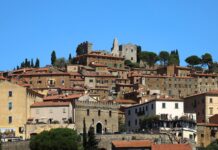
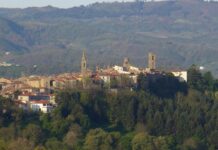
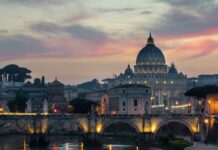


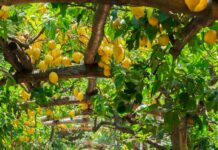

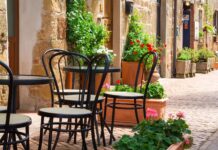

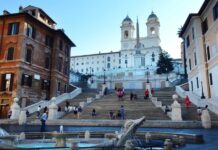
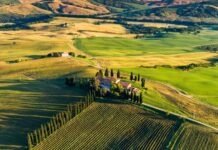
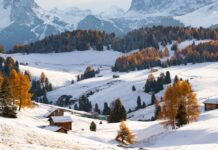
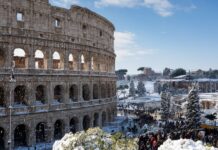
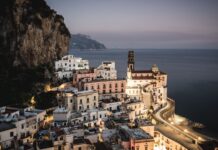
![what-is-tuscany-known-for[1] What Is Tuscany Known For](https://italytravelsecrets.com/wp-content/uploads/2023/08/what-is-tuscany-known-for1-1068x542.jpg)
